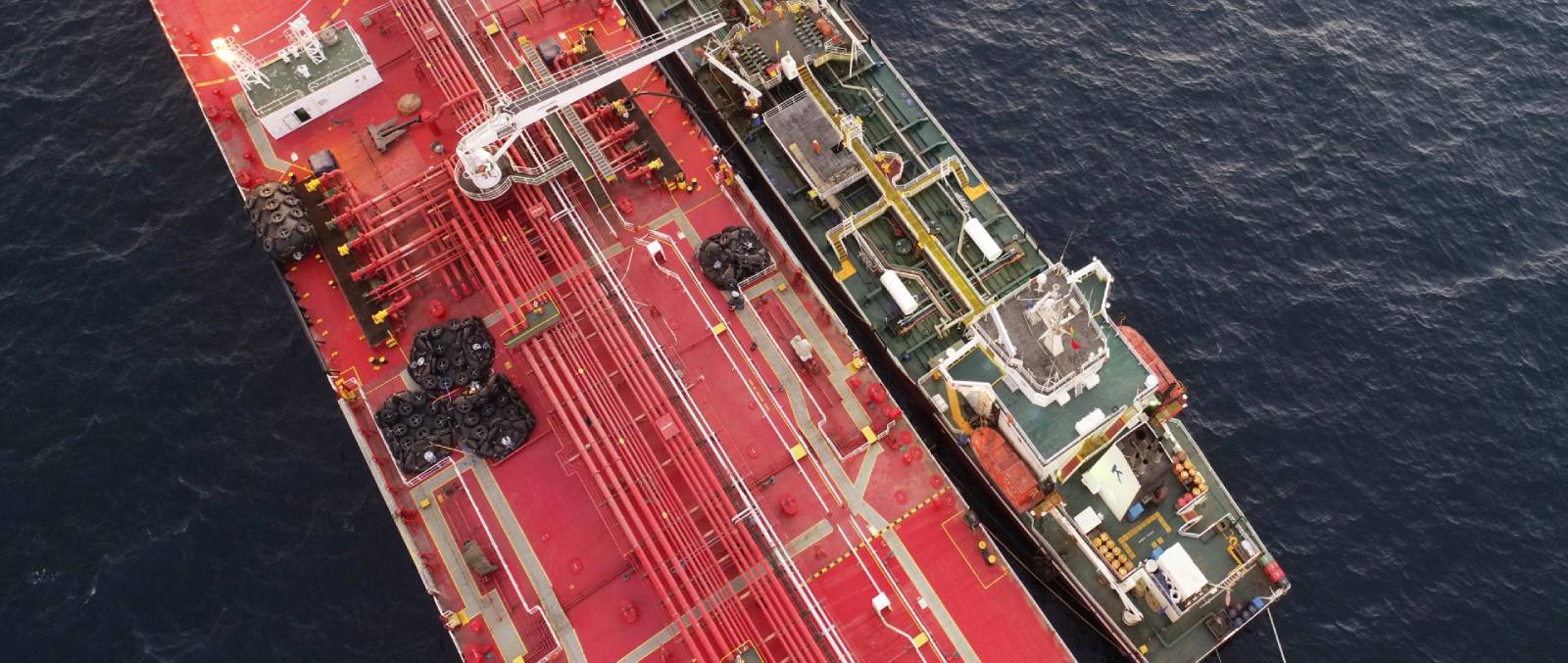
Marine fuel bunkering forms a vital part of global shipping, supplying vessels with the fuel that powers international trade. With operations taking place in busy ports and offshore terminals, safety remains at the centre of industry practices.
A series of international and regional standards guide marine fuel bunkering activities, ensuring consistency, reliability, and reduced risks in a highly complex sector.
International maritime organization guidelines
The International Maritime Organization (IMO) sets the foundation for bunkering safety through conventions and regulations. Standards such as MARPOL Annex VI outline requirements on fuel quality, emission limits, and procedures for handling. These frameworks ensure that operations align with environmental and safety expectations across global shipping routes.
ISGOTT and operational manuals
The International Safety Guide for Oil Tankers and Terminals (ISGOTT) is widely referenced in bunkering practices. It provides guidance on tanker operations, cargo transfer, and bunkering procedures. Terminals and shipping companies adopt these manuals to align day-to-day practices with international safety expectations.
Training and certification
Personnel conducting bunkering operations must undergo training to handle equipment, monitor transfer procedures, and respond to emergencies. Certification programs ensure that operators are familiar with hazards such as fuel spills, fire risks, and vapour emissions. This investment in workforce competency directly reduces operational risks.
Port regulations and local enforcement
While international conventions set the framework, local port authorities add layers of regulation to address regional conditions. These may include specific rules on bunkering locations, monitoring requirements, and emergency response readiness. Compliance with both global and local standards creates consistency while addressing local safety priorities.
Equipment standards and inspections
High-quality equipment is important in preventing leaks, contamination, and accidents during transfer. Standards cover hoses, pumps, pipelines, and fuel sampling systems. Regular inspections and certification of equipment reduce the risk of malfunction, ensuring that bunkering operations remain reliable and secure.
Emergency response protocols
Preparedness is a cornerstone of safety in bunkering operations. Companies must establish emergency protocols covering oil spills, fire suppression, and evacuation. Regular drills test readiness, allowing crews to respond quickly if incidents occur during transfer. Safety standards are closely tied to environmental protection. Regulations mandate double-hull designs, containment systems, and monitoring tools to minimise the risk of pollution. By aligning safety with ecological responsibility, the bunkering industry reduces its environmental footprint.


